I'm getting started with Vegetable dyeing: here we go for the first try!
May 24, 2020cekaelle
That's it, this big day has arrived on May 8, 2020: I dyed my first skeins!
For my first try, it was a lawyer. So I put aside the avocado peels and pits eaten by the family: 6 is the minimum to start. I received my orders: the wool from the sheepfold and my order of alum and cream of tartar.
I also sacrificed equipment which will now only be used for dyeing: two 5 liter enameled or stainless steel saucepans (which will quickly prove to be too small: 10 liters is better!) and a smaller one for baths of dye, two basins, two wooden spatulas, a bowl, a spoon, a strainer, a piece of old curtain (which will serve as a filter), an immersion thermometer, rubber gloves...
The Dye Bath
I asked my dear and loving husband to break the pits of the avocados with a hammer. I roughly crushed the dry skins.

All in a pot of water and presto! on the heat! Once boiling, I let it simmer “at a slow flop flop” for 1 hour. Subsequently, I read that to obtain a darker color, it is better to repeat this process over several days. So that will be for the next avocado dye test.
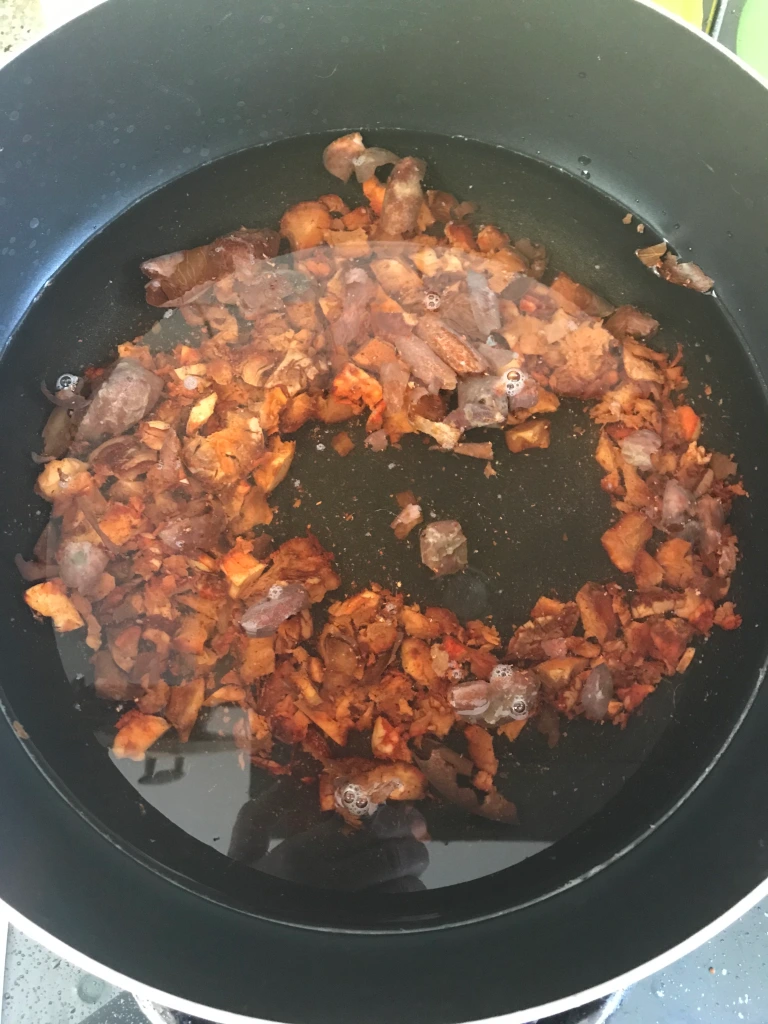
I then filtered the juice through my recovery “cheesecloth”..
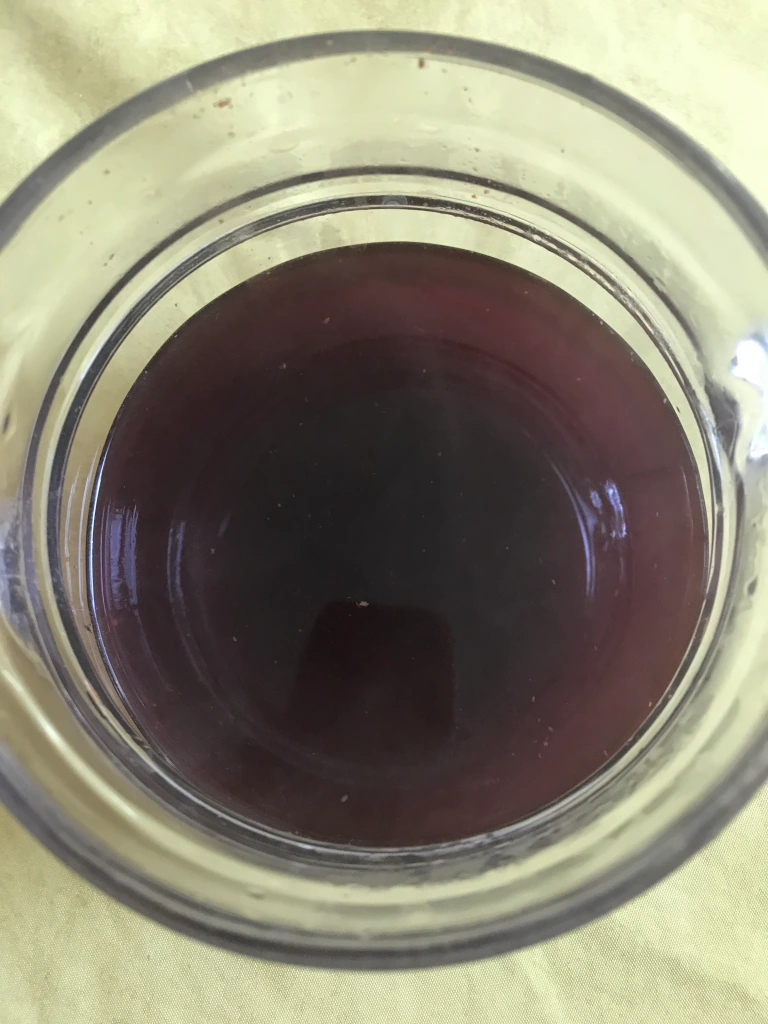
Meanwhile, I bit the wool. “Mordan…what?” »
Mordanting
And here is a new word that has appeared in my vocabulary: mordanting. Mordanting is an often essential step in vegetable dyeing. It allows the dye to attach more permanently to the fiber. It consists of the addition of chemical substances, whose function is to create a chemical bridge between textile fibers and natural dyes. Mordants are metallic salts. I used alum and cream of tartar ( http://alysse-creations.info/laine-et-tricot/mordants.html ).
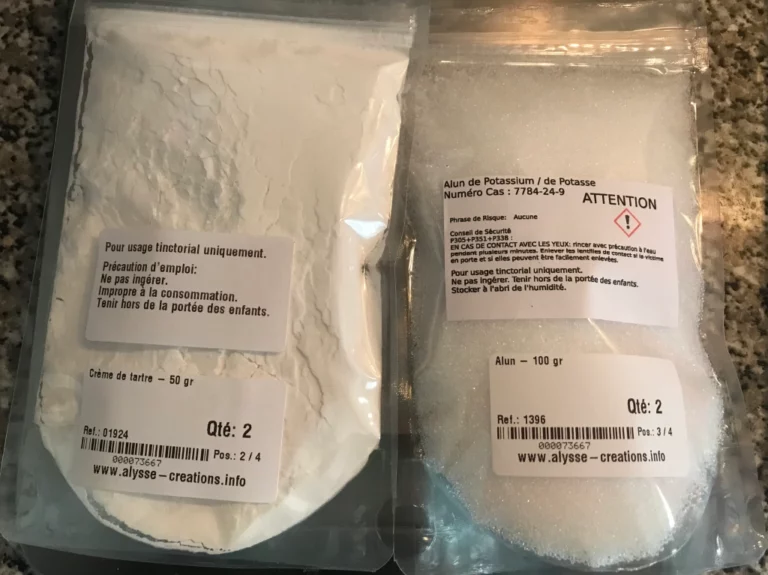
I used the proportions from By Night Création: 10% alum and 5% cream of tartar for 100g of wool to dye. A precision balance seems useful...

The first step consists of soaking the wool for at least 30 minutes in a basin of water at 30-35°C.
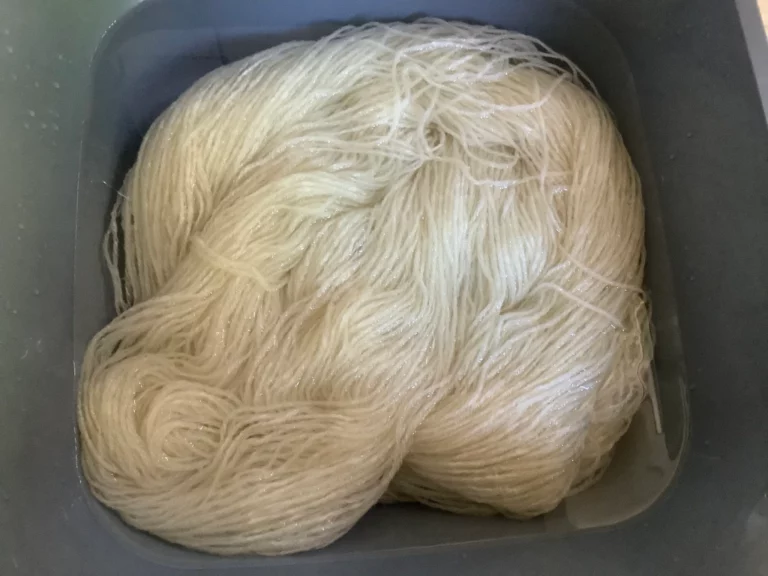
Second step: the alum and the crème de tarte are dissolved in a little hot water (hence the usefulness of the bowl and the spoon) then poured into the saucepan half filled with water at 30-35° c. I immerse my wool which must be covered with water and I stir gently with my wooden spatula which will be reserved for mordanting. And let's start heating!
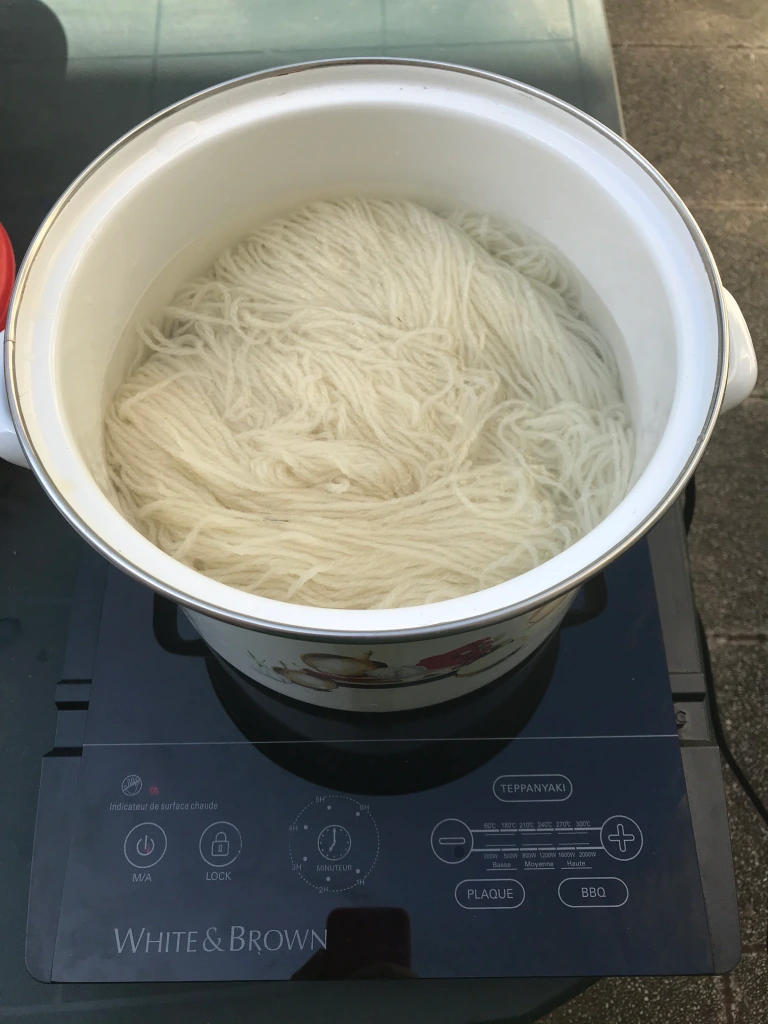
To activate the mordant, heat the fiber to 85-95°C for 1 hour, stirring gently very regularly. What? So hot? And yes! What makes wool felt are sudden changes in temperature, friction, and boiling. After 1 hour, let the wool cool in the bath to 30-35°C before rinsing with water at the same temperature.
The wool is ready to be dyed. It can be dried for later use and thus always have wool to dye on hand.
The dye
I add enough water to the resulting dye bath to cover the wool. I wanted to get a soft color so I used 2 skeins for 6 avocados. My dye bath is almost the same temperature as the wet mordant skeins. Oh ! It looks like pink!
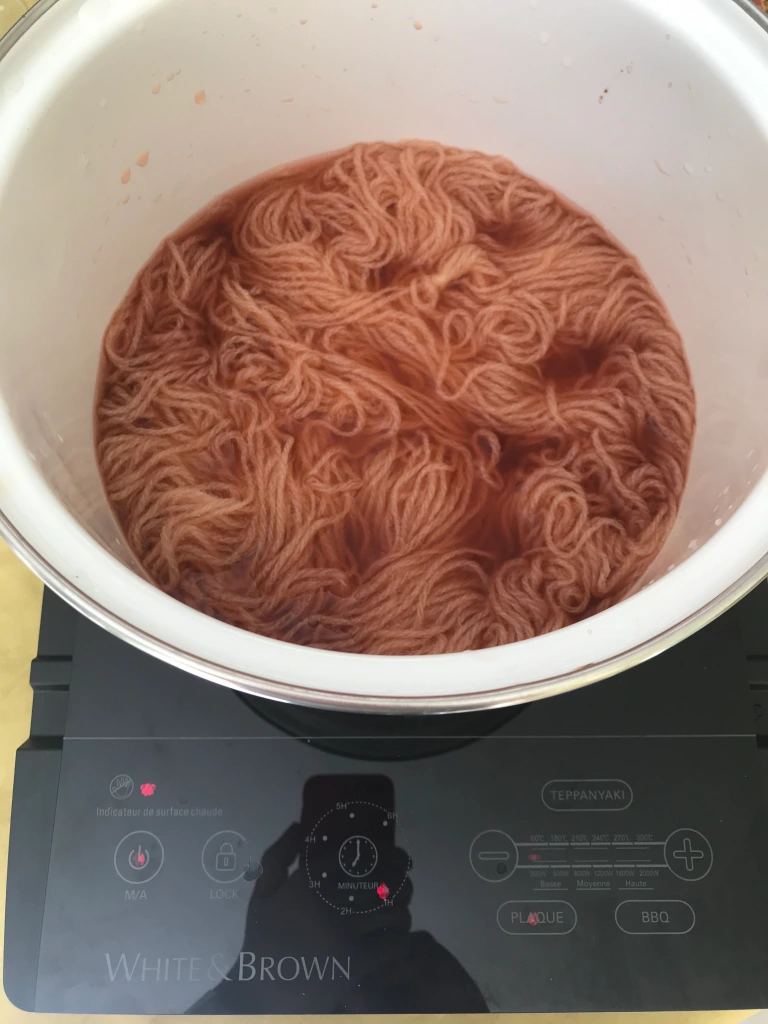
Slowly, I will
heat up to 85-95°C and maintain this temperature for 1 hour,
stirring regularly.
Then, I let it cool in the dye bath to 30-35°C before rinsing successively, always at the same temperature as long as the skeins bleed (on average 4 rinses). For the last rinse, I add Eucalan and leave to soak for 15-20 minutes. I gently squeeze the skeins, without twisting them. I blot with a terry towel used for this purpose, before drying in the shade or indoors.
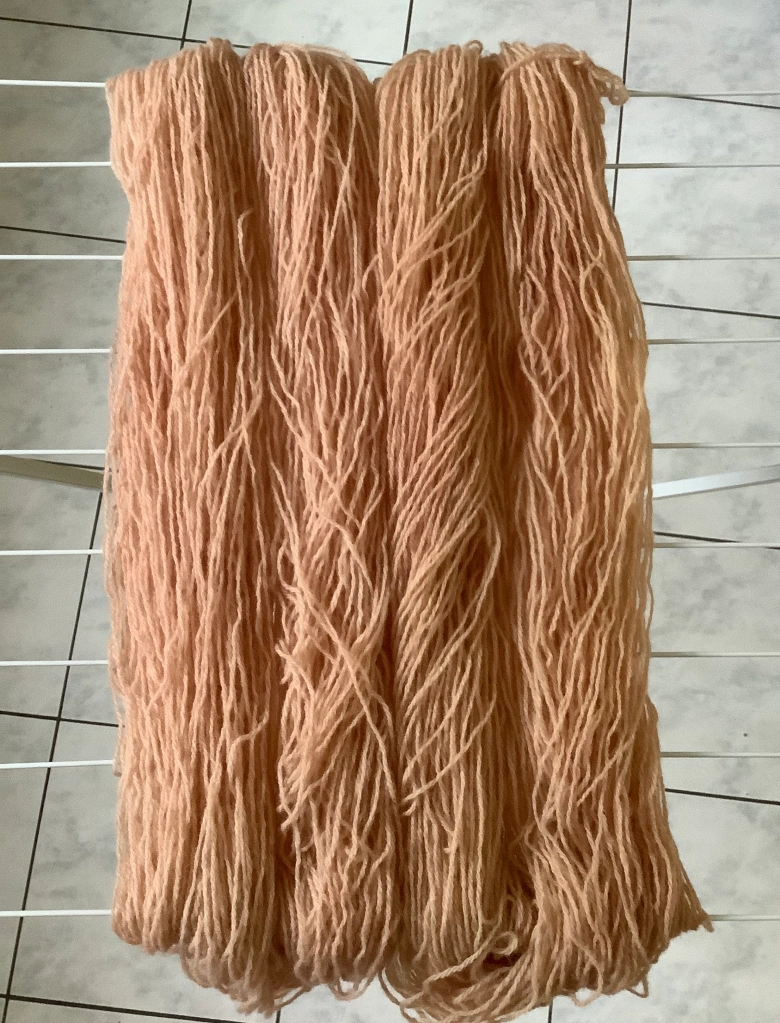
All these steps took me all day. It’s the cooling time that is long…. and it is strongly discouraged to rush.
The durability of this dye over time is not defined. This is what we call small complexion. It risks becoming blander but that doesn't matter! I can always try to over-dye!.
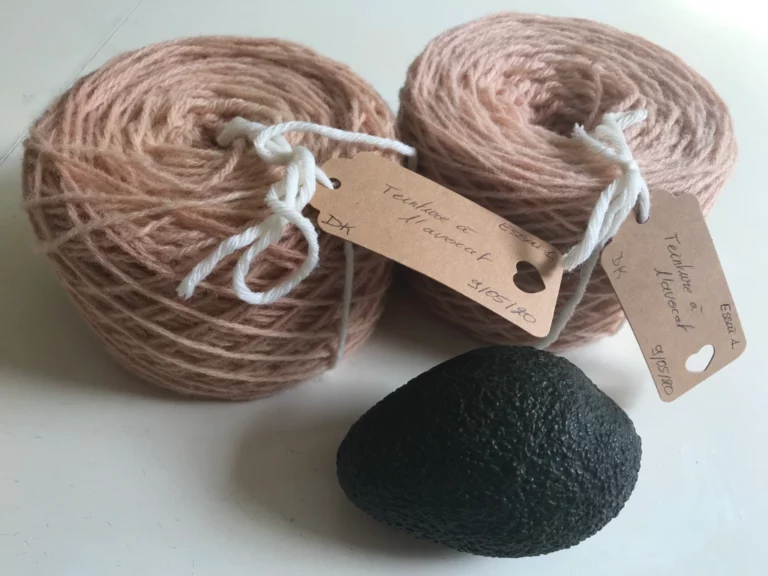





Long life to your site.
Well done, that’s really well explained ☺️
Thank you for your interest
Christine